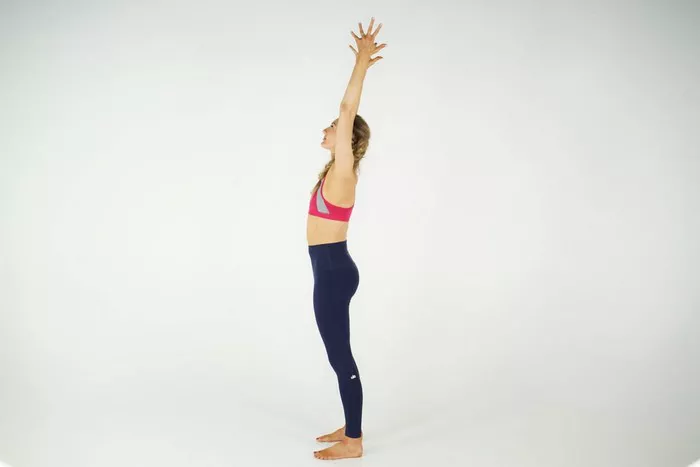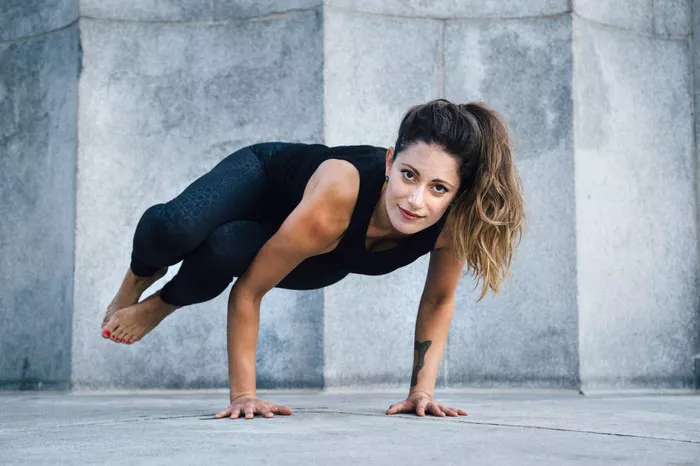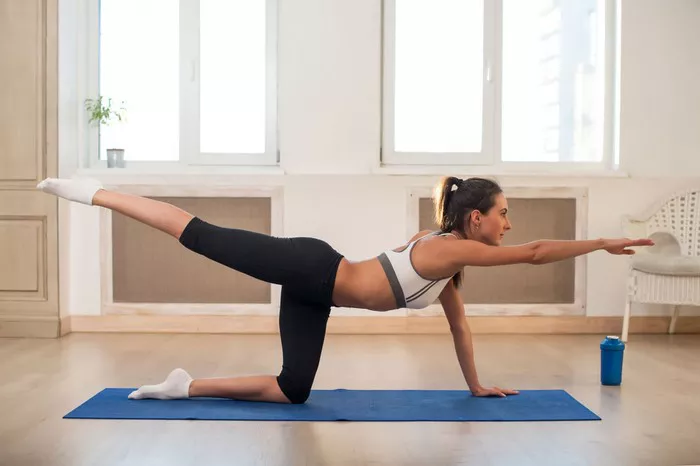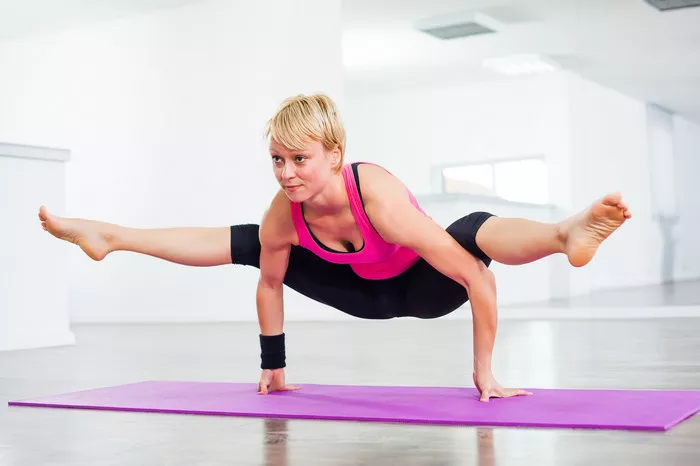Yoga, an ancient practice originating in India, is much more than a series of physical exercises or postures. It is a holistic discipline that integrates the mind, body, and spirit, aiming to achieve inner peace and enlightenment. One of the most influential texts in the history of yoga is the “Yoga Sutras of Patanjali,” compiled by the sage Patanjali around 400 CE. In this seminal work, Patanjali delineates an eightfold path known as the “8 Limbs of Yoga,” which serves as a guide for living a meaningful and purposeful life. These limbs are interdependent, creating a comprehensive framework for spiritual development and self-realization.
1. Yama: Ethical Standards and Moral Conduct
The first limb, Yama, represents ethical standards and moral conduct. Yama consists of five principles that guide interactions with others and the world:
Ahimsa (Non-violence)
Ahimsa involves refraining from causing harm to any living being, including oneself. It encompasses physical, mental, and emotional non-violence. Practicing ahimsa means cultivating compassion, kindness, and understanding, avoiding actions and words that can hurt others.
Satya (Truthfulness)
Satya is the practice of honesty and integrity. It encourages individuals to be truthful in thoughts, words, and actions. Practicing satya involves communicating with clarity and sincerity, avoiding deceit, and aligning one’s life with truth.
Asteya (Non-stealing)
Asteya signifies the avoidance of stealing, not just material possessions but also time, energy, and intellectual property. It involves respecting others’ belongings and contributions and fostering a sense of contentment and generosity.
Brahmacharya (Moderation)
Brahmacharya is often interpreted as celibacy, but in a broader sense, it means moderation and self-control. It involves using one’s energy wisely, avoiding overindulgence, and maintaining balance in all aspects of life.
Aparigraha (Non-possessiveness)
Aparigraha is the practice of non-attachment and non-possessiveness. It encourages individuals to let go of materialistic desires and greed, fostering a sense of detachment and freedom from the cycle of craving and accumulation.
2. Niyama: Personal Observances
Niyama, the second limb, consists of personal observances and self-discipline. It includes five principles that guide inner development and self-care:
Saucha (Purity)
Saucha refers to cleanliness and purity, both externally and internally. It involves maintaining a clean body and living environment, as well as cultivating pure thoughts and emotions. Practicing saucha helps in detoxifying the mind and body, promoting overall well-being.
Santosha (Contentment)
Santosha is the practice of contentment and acceptance. It encourages individuals to find joy and satisfaction in the present moment, regardless of external circumstances. Practicing santosha helps in cultivating a positive outlook and reducing stress and anxiety.
Tapas (Discipline)
Tapas signifies self-discipline, austerity, and willpower. It involves committing to personal goals, persevering through challenges, and maintaining a disciplined lifestyle. Practicing tapas strengthens determination and resilience, leading to personal growth.
Svadhyaya (Self-study)
Svadhyaya is the practice of self-study and introspection. It involves studying sacred texts, reflecting on one’s thoughts and actions, and gaining self-awareness. Practicing svadhyaya helps in understanding oneself better and aligning with one’s true purpose.
Ishvara Pranidhana (Surrender to a Higher Power)
Ishvara Pranidhana is the practice of surrendering to a higher power or the divine. It involves cultivating faith, trust, and devotion, recognizing the presence of a higher force in one’s life. Practicing Ishvara Pranidhana fosters humility and inner peace.
3. Asana: Physical Postures
Asana, the third limb, refers to the physical postures practiced in yoga. While modern yoga often focuses heavily on asanas, in the context of Patanjali’s Yoga Sutras, asanas are meant to prepare the body for meditation. The word “asana” literally means “seat,” indicating the importance of finding a stable and comfortable posture for meditation.
The practice of asanas has numerous physical benefits, including improved flexibility, strength, balance, and overall health. It also has mental benefits, such as reducing stress, increasing focus, and promoting relaxation. The ultimate goal of asana practice is to create a strong, healthy body that can support deeper spiritual practices.
See Also: Top 10 Peak Yoga Poses
4. Pranayama: Breath Control
Pranayama, the fourth limb, involves the regulation and control of the breath. The word “pranayama” is derived from two Sanskrit words: “prana,” meaning life force or vital energy, and “ayama,” meaning expansion or control. Pranayama practices aim to enhance and channel the flow of prana within the body, supporting physical, mental, and spiritual well-being.
There are various pranayama techniques, each with specific benefits. Some common practices include:
Ujjayi (Victorious Breath)
Ujjayi involves breathing deeply through the nose while slightly constricting the throat, creating a soothing sound. It helps in calming the mind, increasing concentration, and improving oxygenation.
Nadi Shodhana (Alternate Nostril Breathing)
Nadi Shodhana involves breathing alternately through each nostril, balancing the body’s energy channels. It promotes mental clarity, reduces stress, and harmonizes the nervous system.
Kapalabhati (Skull Shining Breath)
Kapalabhati is a vigorous breathing technique involving forceful exhalations and passive inhalations. It energizes the body, clears the mind, and detoxifies the respiratory system.
Bhramari (Bee Breath)
Bhramari involves producing a humming sound during exhalation, mimicking the sound of a bee. It calms the nervous system, reduces anxiety, and enhances concentration.
Regular practice of pranayama can lead to improved respiratory function, reduced stress levels, increased vitality, and a greater sense of inner calm.
5. Pratyahara: Withdrawal of the Senses
Pratyahara, the fifth limb, involves the withdrawal of the senses from external stimuli. It is a practice of turning inward and detaching from sensory distractions, allowing the mind to focus on inner experiences.
In a world filled with constant sensory input and distractions, practicing pratyahara helps in cultivating a sense of inner peace and mental clarity. It prepares the mind for deeper states of concentration and meditation.
Pratyahara can be practiced in various ways, such as:
Mindful Meditation
Focusing the mind on a single point, such as the breath, a mantra, or a visual object, helps in withdrawing from external distractions.
Sensory Deprivation
Creating an environment with minimal sensory input, such as a quiet and dimly lit room, can facilitate the practice of pratyahara.
Guided Relaxation
Listening to guided relaxation or meditation recordings can help in withdrawing attention from external stimuli and promoting inner awareness.
Regular practice of pratyahara enhances self-control, reduces mental clutter, and prepares the mind for the higher limbs of yoga.
6. Dharana: Concentration
Dharana, the sixth limb, refers to concentration or focused attention. It involves directing the mind to a single point or object, maintaining a steady and unbroken stream of attention.
The practice of dharana requires discipline and mental effort, as the mind naturally tends to wander. By training the mind to concentrate, one can develop greater mental clarity, focus, and inner peace.
Dharana can be practiced through various techniques, such as:
Trataka (Candle Gazing)
Focusing the gaze on the flame of a candle, maintaining steady attention without blinking, helps in enhancing concentration and visual clarity.
Mantra Repetition
Repeating a sacred word or phrase, known as a mantra, helps in centering the mind and reducing distractions.
Visualization
Creating a mental image of a peaceful or inspiring scene and focusing on it helps in developing concentration and mental clarity.
Breath Awareness
Focusing on the rhythm of the breath, observing each inhalation and exhalation, helps in calming the mind and improving concentration.
Regular practice of dharana strengthens the mind’s ability to concentrate, paving the way for deeper states of meditation.
7. Dhyana: Meditation
Dhyana, the seventh limb, refers to meditation or uninterrupted flow of concentration. It involves sustaining focused attention without distraction, leading to a state of profound inner stillness and awareness.
The practice of dhyana goes beyond the effortful concentration of dharana, allowing the mind to merge with the object of focus. It is a state of deep contemplation, where the mind becomes calm and serene, free from thoughts and distractions.
Dhyana can be practiced through various meditation techniques, such as:
Mindfulness Meditation
Observing thoughts, emotions, and sensations without judgment, allowing them to arise and pass naturally, helps in cultivating mindfulness and inner peace.
Loving-kindness Meditation
Focusing on cultivating feelings of love, compassion, and kindness towards oneself and others helps in fostering positive emotions and reducing negativity.
Transcendental Meditation
Repeating a specific mantra silently for a set period helps in achieving a state of deep relaxation and inner peace.
Guided Meditation
Listening to guided meditation recordings, following instructions to relax and focus the mind, helps in achieving a meditative state.
Regular practice of dhyana enhances mental clarity, emotional balance, and spiritual awareness, leading to a deeper connection with one’s true self.
8. Samadhi: Union and Enlightenment
Samadhi, the eighth and final limb, represents the state of union and enlightenment. It is the culmination of all previous practices, where the individual self merges with the universal consciousness, achieving a state of pure awareness and bliss.
In samadhi, the boundaries between the self and the universe dissolve, leading to a profound sense of oneness and liberation. It is a state of transcendence, where the mind is free from ego, desires, and attachments, experiencing ultimate peace and fulfillment.
Samadhi is often described as the goal of yoga, but it is also seen as a continuous journey rather than a final destination. The experience of samadhi can be fleeting or sustained, and it deepens with regular practice and dedication.
There are various stages of samadhi, ranging from:
Savikalpa Samadhi
A state where the mind remains aware of duality, experiencing moments of unity and insight while still maintaining a sense of individuality.
Nirvikalpa Samadhi
A deeper state where the mind transcends all dualities, experiencing complete union and dissolution of the individual ego.
Sahaja Samadhi
The highest state of samadhi, where the experience of union and enlightenment becomes a natural and continuous state of being, integrated into everyday life.
Achieving samadhi requires dedication, discipline, and a deep commitment to the practice of yoga. It is a journey of self-discovery and transformation, leading to the ultimate realization of one’s true nature.
Conclusion
The 8 Limbs of Yoga, as outlined by Patanjali, provide a comprehensive and holistic approach to spiritual growth and self-realization. Each limb offers specific practices and principles that guide individuals towards a meaningful and purposeful life, fostering physical, mental, and spiritual well-being.
While the journey through the 8 Limbs of Yoga requires dedication and discipline, it is accessible to anyone willing to explore and embrace its teachings. By integrating these principles into daily life, one can experience profound transformation, inner peace, and a deeper connection with the self and the universe.
Ultimately, the 8 Limbs of Yoga serve as a timeless guide for living a balanced, harmonious, and enlightened life, offering valuable insights and practices for anyone seeking to embark on the path of yoga.

















